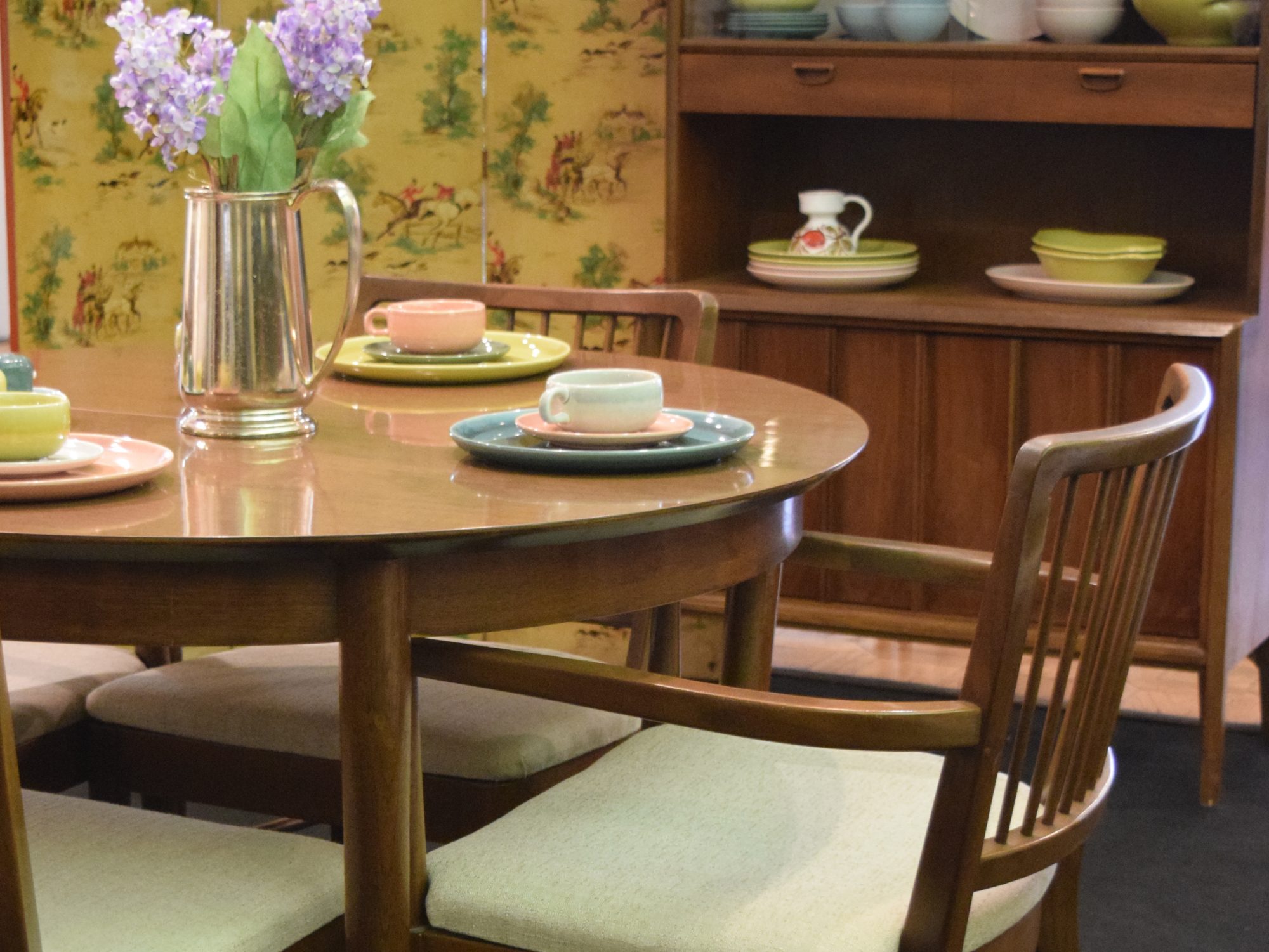
Abstract– Oil on Board – Artist Unknown – Circa 1960’s
I am constantly buying art. Estate sales, flea markets, yard sales, auctions, galleries and antique stores are my regular haunts and it seems I run across some pretty fabulous pieces.
Often, however, details of the origin of the work is no longer available. Either the art is unsigned, has a signature or mark that is not readable or is signed by an artist for whom I can locate no information. While I have made some great finds by well known artists, such as Herber Bayer, all too often the background of the art is forever lost.

Abstract– Limited Edition Print 1/10 – Artist Unknown – Circa 1970’s
Take the piece above, which is a limited edition print, and is signed in what appears to be Arabic. I’ve never been able to locate any information regarding this piece except that the original owners acquired it in the early 1970’s.

Male Nude Torso– Pottery – Artist Unknown – Circa 1950’s
The same goes for the male nude torso pottery piece above which is unsigned. Purchased in Ohio several years ago, I’ve always liked the sculpture but know little of its origin outside of when it was acquired by the original owners.

Nude– Ink on Paper – W. Arnott – 1968
Then there are works like the quirky nude above. While it is signed and dated, I have hit a dead end in my efforts to locate any information about the artist. Likely it was done by student in a college art department but I’ve been unsuccessful finding any information about W. Arnott.

Abstract– Oil on Canvas – Artist Unknown – Circa 1960’s
While lack of information certainly does not deter me from buying a work of art I enjoy or which speaks to me on some level it would certainly be nice to know. I find a great deal of pieces like this have passed between generations and, even though mom and dad may have known the details, specific information about the artist and the manner the piece was orginally acquired is not accurately passed along with the art.
You can help prevent this from happening with your art collection by taking the time to mark each piece on the back with all of the pertinent information you know. Include the sales reciept if you have it and any other documentation you may have. Attaching an envelope to the back of framed pieces to hold such information works very well.
This can be especially important for works by local artists who may be well known in their region but will be much harder to identify if the piece passes along to a relative located somewhere else. Making sure the provenance and vital information of a work of art remains clear will add to its future value.

Comments are closed.